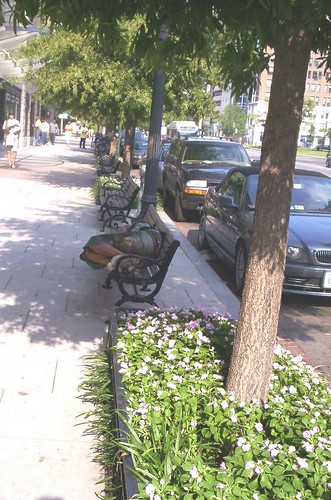Speaking of an unkempt environment not being a competitive advantage...
From "Tourism officials pleading for visitors: Industry called New Orleans' healthiest and most resilient," in the New Orleans Times-Picayune:
In the meantime, officials recognize that they will have to continue efforts to reinvent the image of New Orleans in the minds of potential visitors. That means, in part, keeping the French Quarter clean, Perry said, adding that doing so should be one of the city's top three priorities.
"I think this should be a moment where every political leader in this state makes an unequivocal commitment that the French Quarter will remain clean," Perry said. "The French Quarter is the single most important historic district in America."
If the city's most visited tourist destination can't be kept clean, the message to visitors is that the city is unable to handle larger tasks, Perry said.
Most suburban visitors to cities comment on litter, panhandling, and homeless or other people "loitering," camping out in public parks, sleeping on benches, etc. Regardless of what I might say about the suburbs, generally these problems of "perception" are much less prevalent.
 Homeless person on a bench, Downtown on K Street NW.
Homeless person on a bench, Downtown on K Street NW. I am always "impressed" with how disgustingly dirty K Street NW is on Saturdays and Sundays, particularly between 13th and 16th Streets.
Index Keywords: urban-revitalization; tourism



0 Comments:
Post a Comment
<< Home